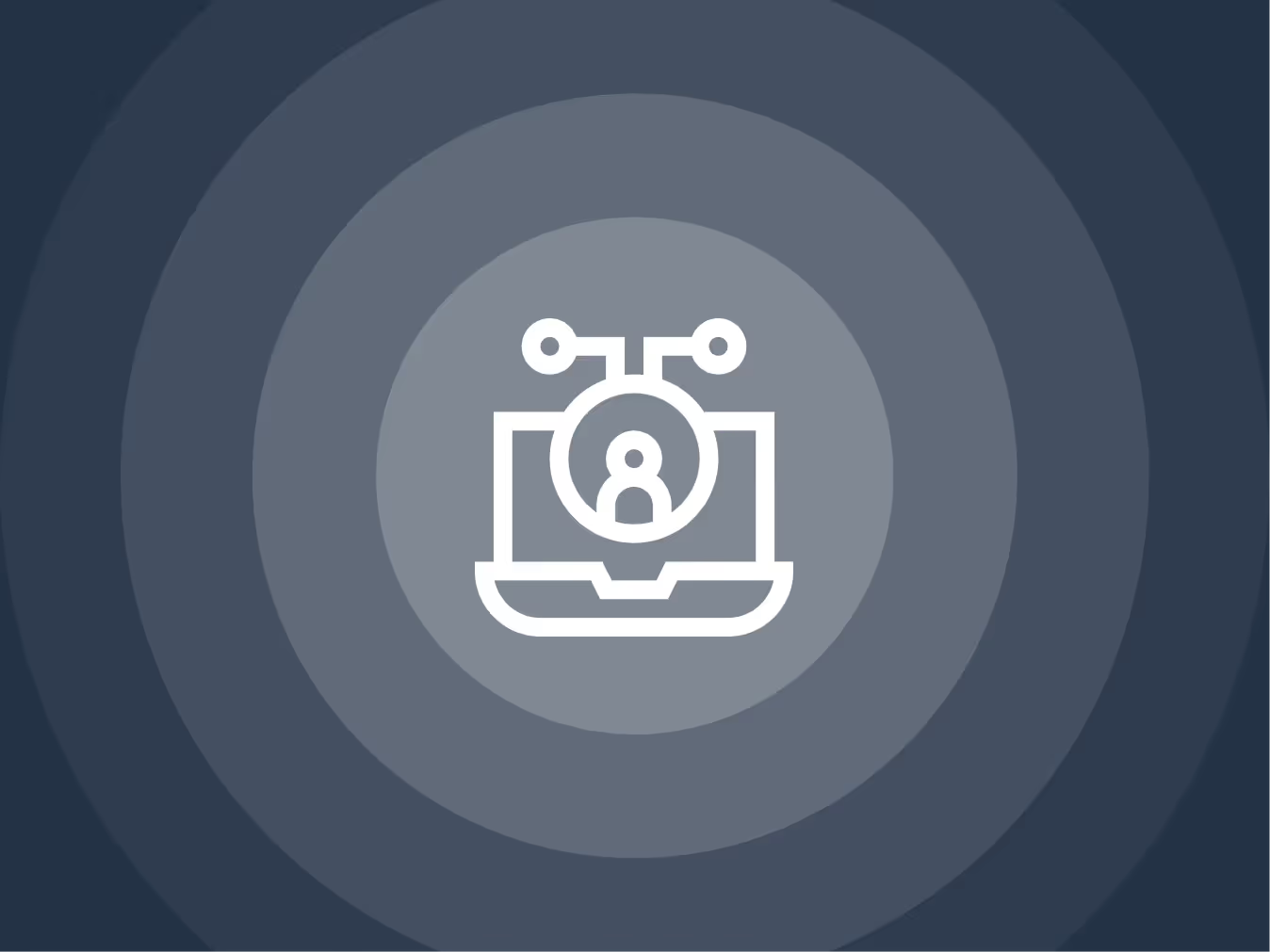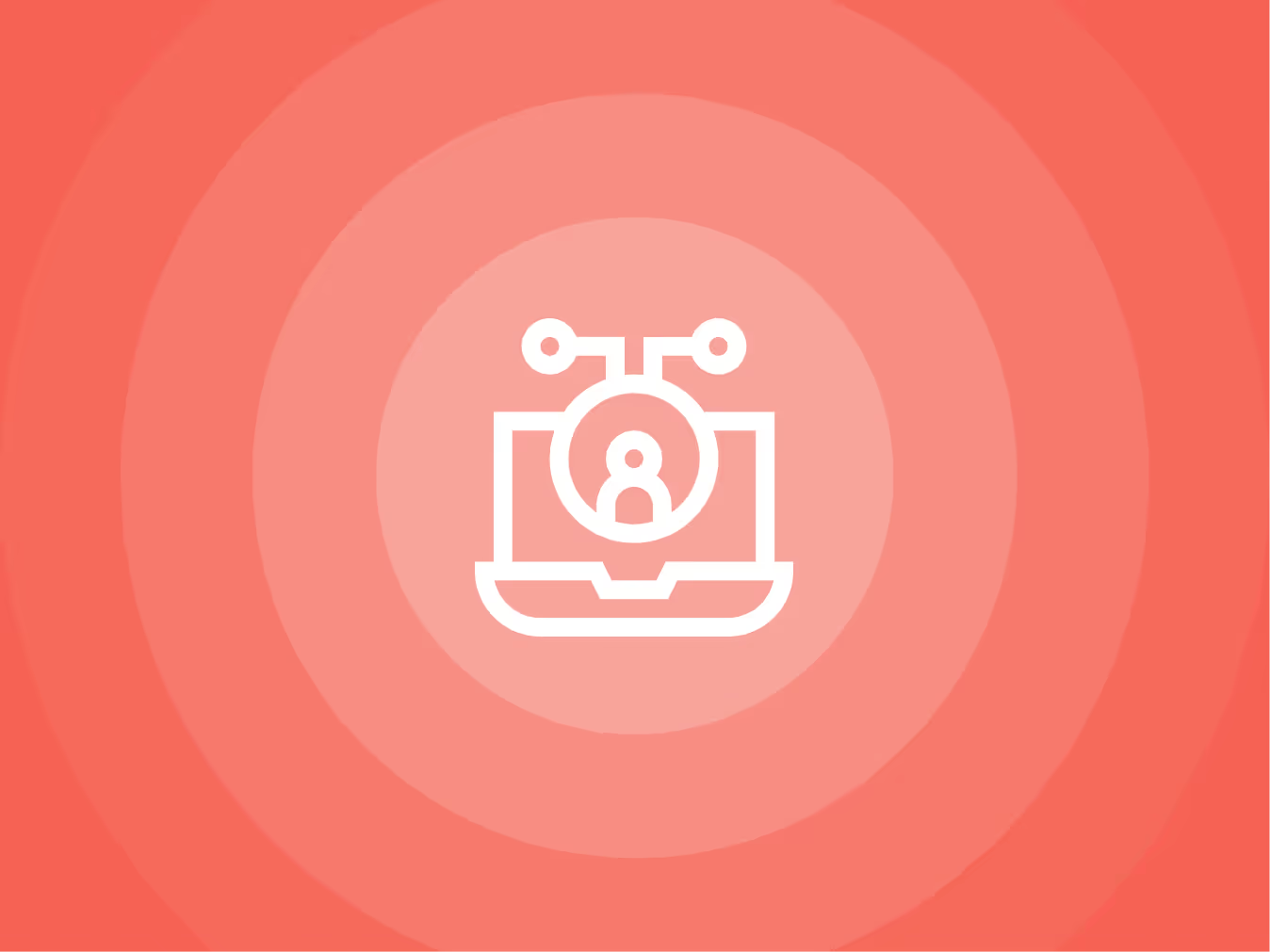Over the years, technology has transformed the way we live and work, and the HR industry is no exception. With the rise in remote and hybrid workplace models, there is a greater reliance on smart and advanced HR technologies.
Moreover, the adoption of all-in-one HR software— also referred to as HRIS — has become crucial in streamlining processes and enhancing efficiency in this evolving landscape. It is estimated that there will be a 12.8% increase in businesses adopting HR software from 2024 to 2030.
Whether for a large-scale industry or a smaller enterprise, optimizing workflows and processes should be prioritized. In this context, leveraging all-in-one HR software offers a comprehensive and agile approach to meet the demands of today’s dynamic business environment. Here’s why:
1. It makes employee management easier

Businesses today are still using excel sheets to handle employee data management. This manual process is extremely time-consuming and potentially exposes crucial information to errors.
There may be a possibility of accidentally deleting a text in a cell, messing up a formula, or incorrect data entry. These types of mistakes can be costly to the business if it goes unrecognized and unrectified.
However, with an all-in-one HR software, these can be avoided. There is no need for HR to manually key in information as employees can log in and provide all their information, minimizing the chances of errors.
2. It saves time
An all-in-one HR software helps simplify and automate manual HR tasks, reducing administration time. This allows HR to focus its time on strategic planning and execution.
For example, managers receive instant notifications for any time-off requests submitted by employees. They can easily review the number of leaves requested, the remaining balance, and swiftly approve or disapprove the requests with a simple push of a button.
The software also addresses common administrative queries like “How many leaves do I have?” or “Can I have the pay slips in PDF format for the last two months?” Through an intuitive employee self-service portal, all relevant information, including payslips, salary history, and remaining leave balances, is readily accessible. This empowers employees to manage their own HR-related queries seamlessly.
Furthermore, small businesses often invest considerable time in manual payroll preparation. Automating this process enables HR teams to swiftly calculate and review payroll variations, distribute payslips, and generate payroll reports effortlessly.
3. It improves productivity
An all-in-one HR software boosts overall productivity. By centralizing various HR functions into one platform, the software allows for a streamlined and automated process, saving valuable time and minimizing the risk of errors.
This efficiency extends to tasks such as payroll processing, leave management, and employee data tracking. With instant access to real-time data, HR professionals can make informed decisions swiftly. Additionally, the self-service features empower employees to manage their HR-related queries independently, reducing the burden on HR teams.
The streamlined workflow and automation capabilities of an all-in-one HR software frees up time for HR professionals to focus on strategic initiatives, fostering a more productive and agile work environment.
4. It provides real-time updated data

An all-in-one HR software serves as a dynamic tool in providing real-time and updated data crucial for informed decision-making. By automating various HR processes, employees can seamlessly update their personal records and documents in the employee-self service portal. All-in-one HR softwares are able to maintain an accurate employee database including employee records, attendance, and leave balances, ensuring access to relevant statistics for both current and former employees.
Preserving employees’ private information, employment contracts, performance appraisals, and other records in a secure, cloud-based database is also an invaluable aspect. Ideally, HR should maintain direct access to these records to respond effectively in the event of a former employee bringing a claim against the organization.
Furthermore, easy-access to current data allows HR professionals and decision-makers to stay informed about the existing status and performance metrics of employees. Real-time updates create a more agile and responsive approach, enabling quick reactions to upcoming trends or potential issues. This not only enhances operational efficiency but also empowers organizations to make timely, data-driven decisions that are consistent with their business goals and adapt to the changing needs of their employees.
5. It reinforces data security
Efficiently managing employee files, which often contains sensitive and confidential employee information such as salaries, addresses, and social security numbers, has become a challenging task, especially when it comes to complying with data privacy laws such as the Personal Data Protection Act (PDPA). Incorporating data management features into your HR software equips you to meet these demands, thereby addressing the increasing incidents of workplace disputes.
With advanced encryption techniques, secure access protocols, and multi-factor authentication, these HR software initiatives safeguard private employee information from unauthorized access. Regular system audits can also be performed to further bolster the security, promptly identifying and addressing potential vulnerabilities, as compared to storing data on paper or hard drives that can be easily destroyed in the event of a flood, fire or a ransomware attack that leads to complete data loss.
In the event of data loss, recovering the data manually is extremely difficult to manage. However, with cloud-based HR software, disaster recovery is a swift and effective process for both the employees and HR. Data stored on the cloud gets backed up and saved in multiple designated locations. Thus, even in times of a system failure or other issues, you can safely restore all information with just a few clicks.
The Versatile HR Software for Your Needs
Adoption of an all-in-one HR software would be advantageous for all stakeholders in the organization. Businesses across various industries and scales are increasingly embracing automation and digitization to maximize productivity. HR software stands out as a pivotal avenue through which corporations are undergoing digital transformation.
By leveraging a comprehensive HR solution like Omni, you gain access to data-driven insights that empower informed decision-making, as well as seamless integrations that effortlessly connect with your existing employee favored systems, making your entire engagement process more efficient and modern.
With a full suite of modules to support every aspect of your business, Omni’s platform offers an intuitive and fully customizable platform that integrates with your team’s favorite tools for a seamless and timely adoption.
If you’d like to learn more about how Omni’s all-in-one HR software automates the entire end-to-end employee lifecycle,
Full HR & Payroll coverage for Philippines, Singapore, Malaysia, Hong Kong, and Indonesia. Each market has local support teams and built-in compliance features.
Starting at $3/employee/month for core features. Volume-based discounts are available for growing teams. Book a demo for custom pricing.
Enterprise-grade security with ISO 27001, GDPR certifications, and local data residency options.
4 weeks average. Includes free data migration, setup, and team training. No hidden fees.
Built specifically for Asia with local payroll processing, same-day support in Asia time zones, and 40% lower cost than global alternatives.






.avif)

